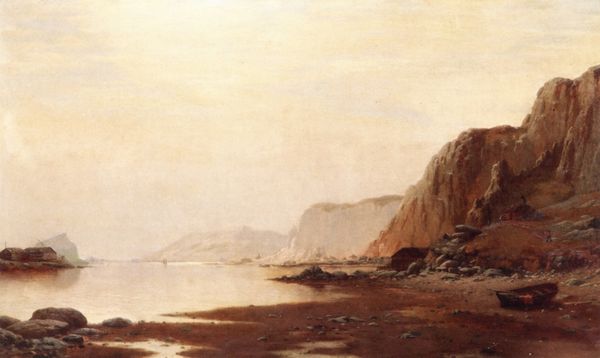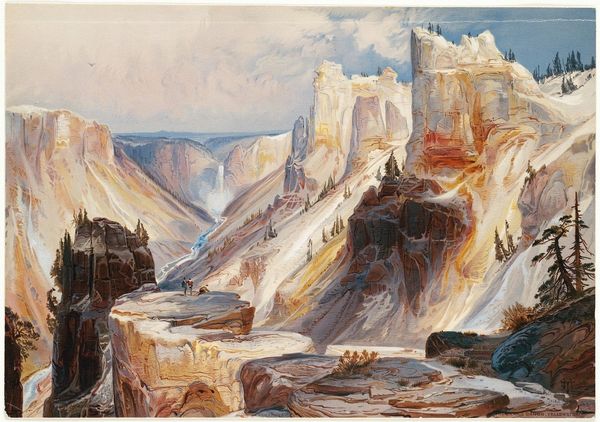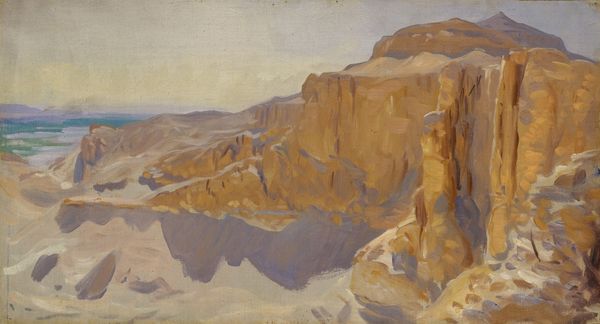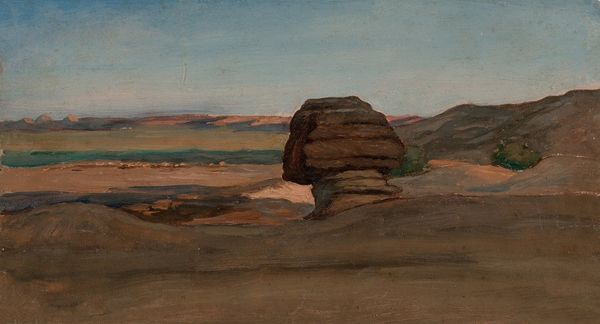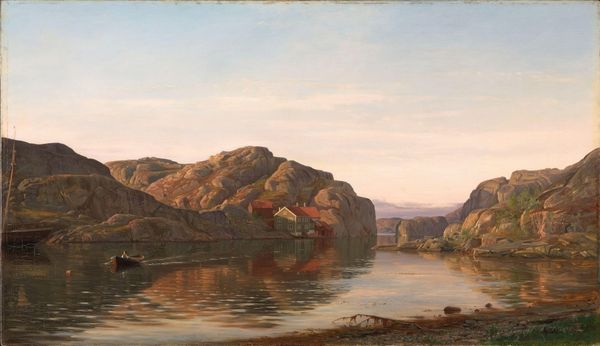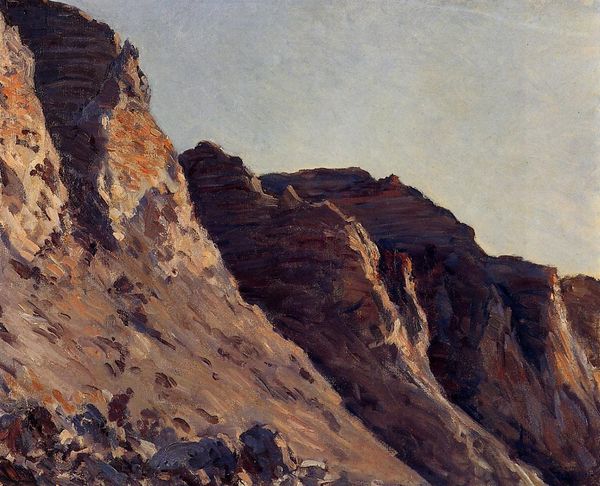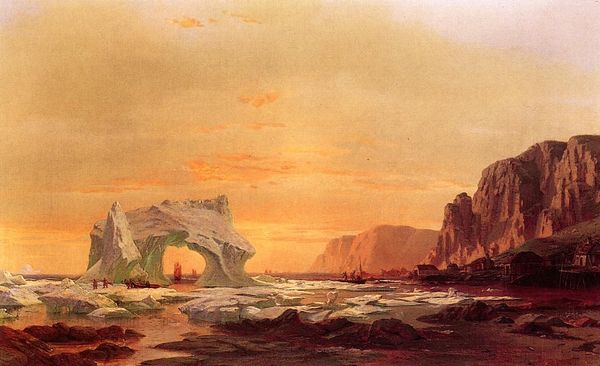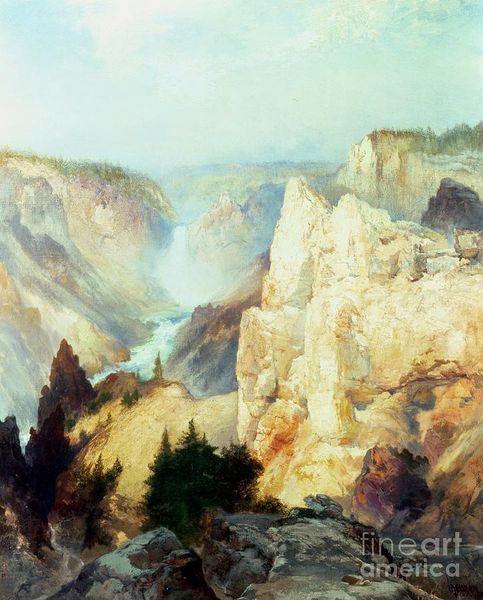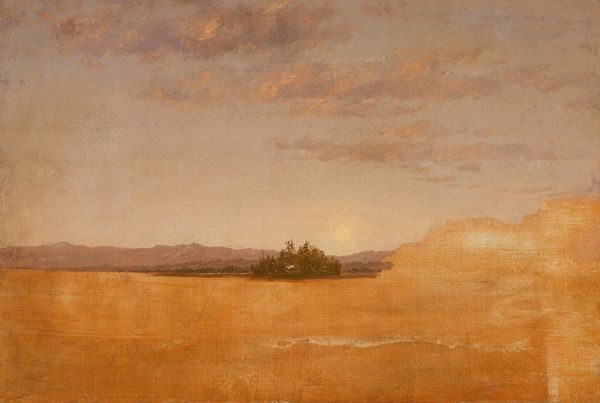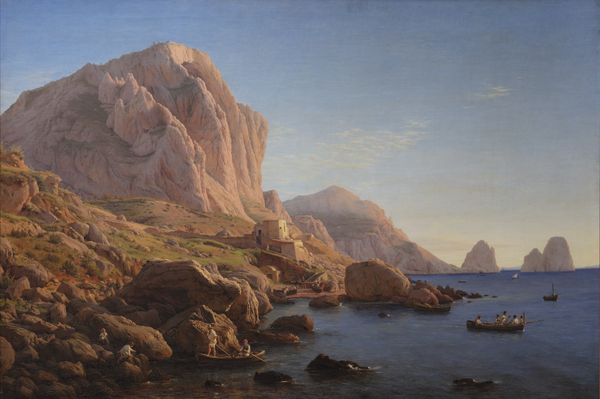
Copyright: Public domain
Edward Lear painted Masada on the Dead Sea, using oils, at an indeterminate date. This work, like many landscapes of the 19th century, engages with the politics of imagery. Lear's decision to depict Masada, a site of ancient Jewish resistance against the Roman Empire, carries cultural weight. The image creates meaning through visual codes, cultural references, and historical associations. In 19th-century Britain, there was a growing interest in biblical lands, fuelled by religious sentiment and colonial ambitions in the Middle East. Lear, like many artists of his time, travelled to the region, documenting its landscapes and historical sites. This artistic endeavor was not neutral; it was often intertwined with the social and political agendas of empire. To understand this artwork better, we need to examine travelogues, letters, and other historical documents that shed light on the cultural and political context in which Lear was working. The meaning of art is always contingent on its social and institutional context.
Comments
No comments
Be the first to comment and join the conversation on the ultimate creative platform.
